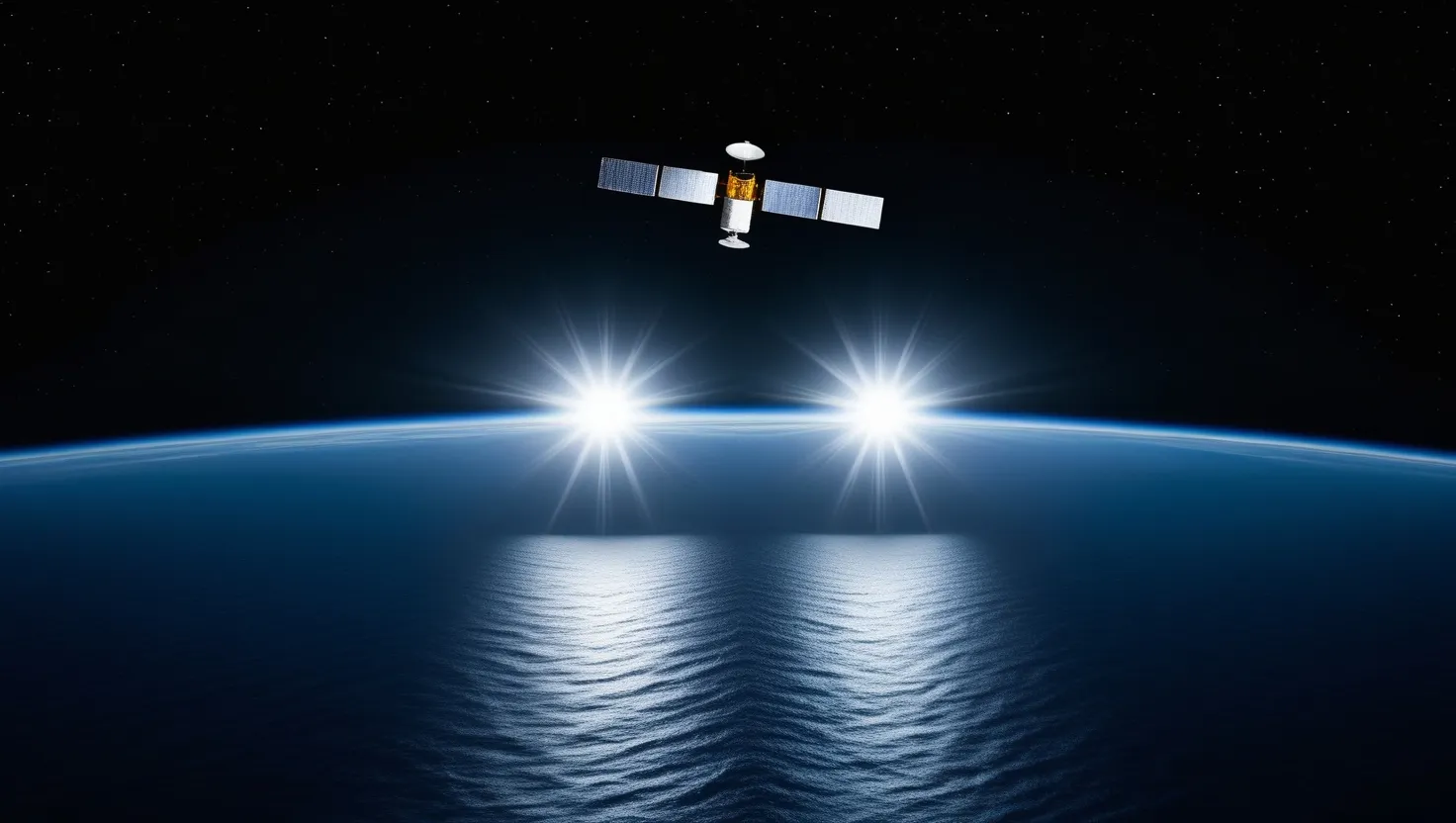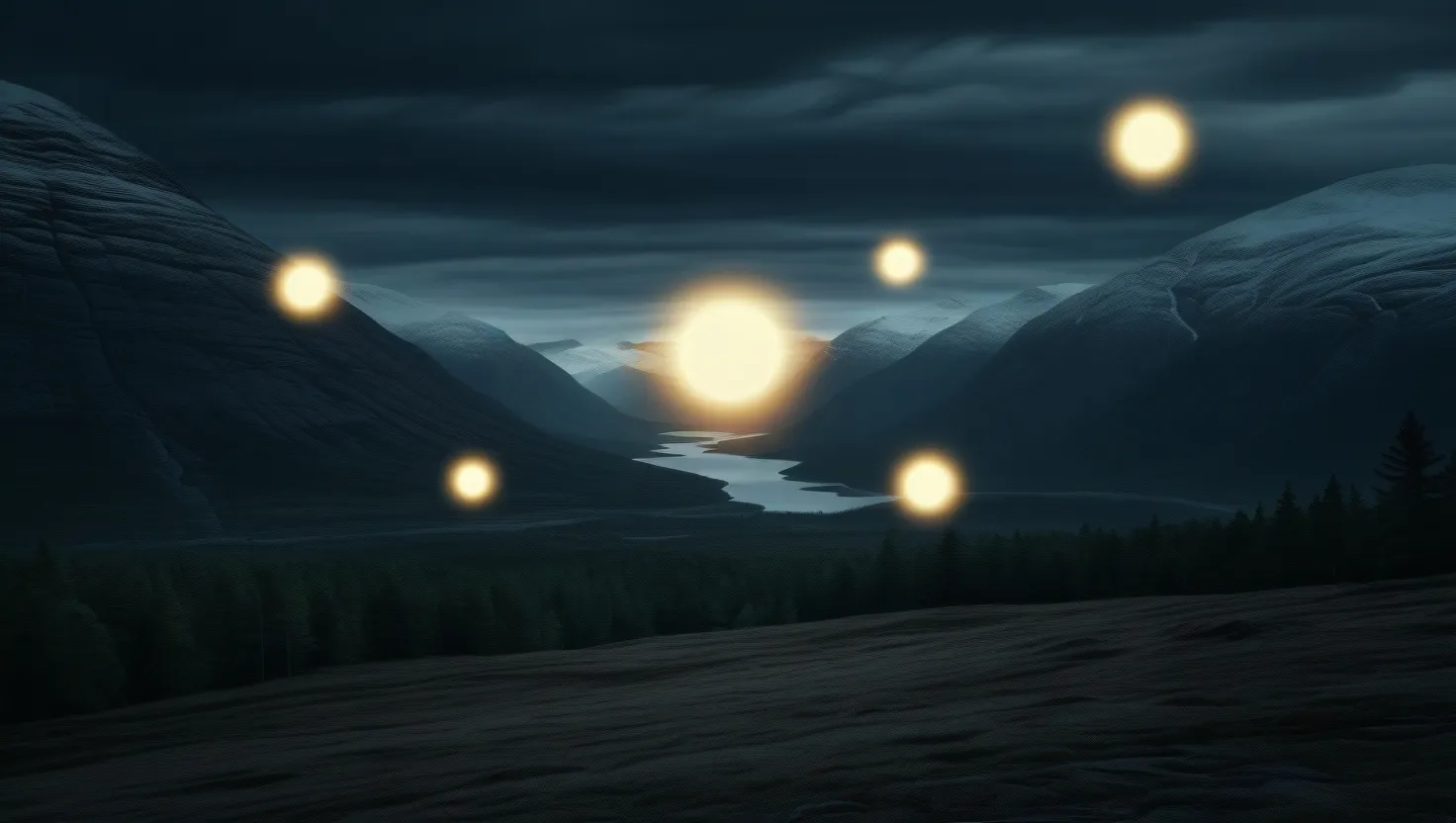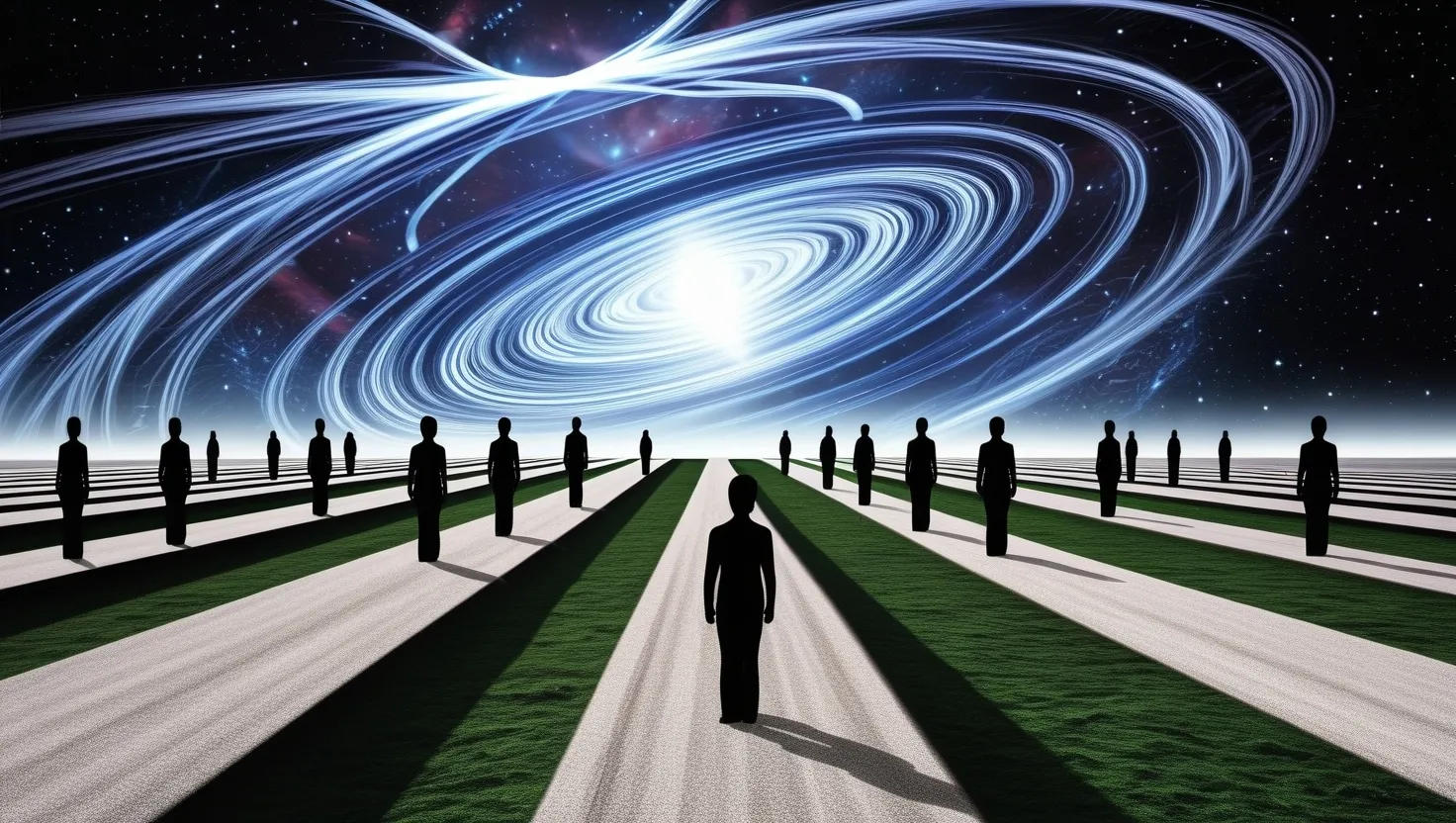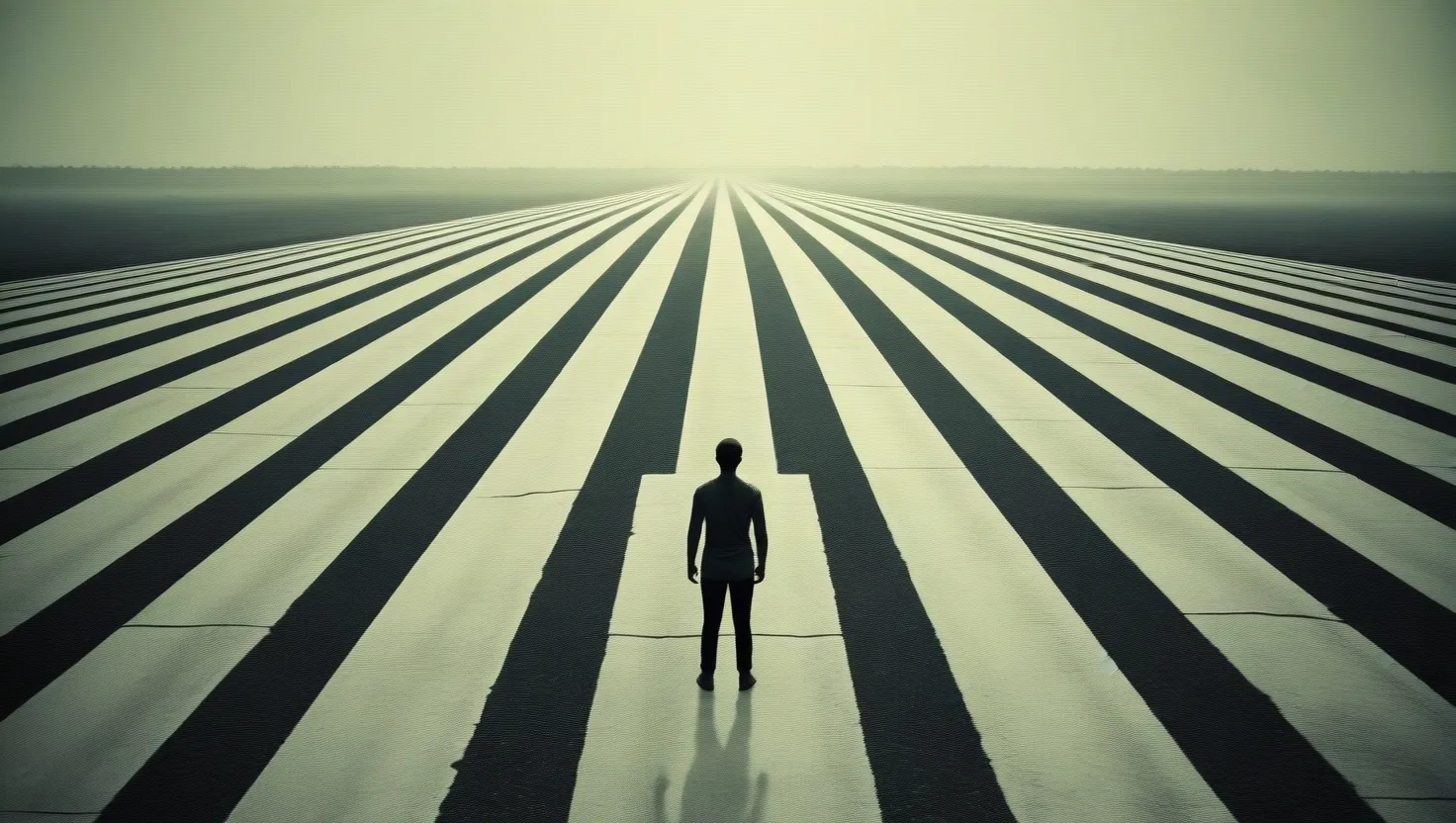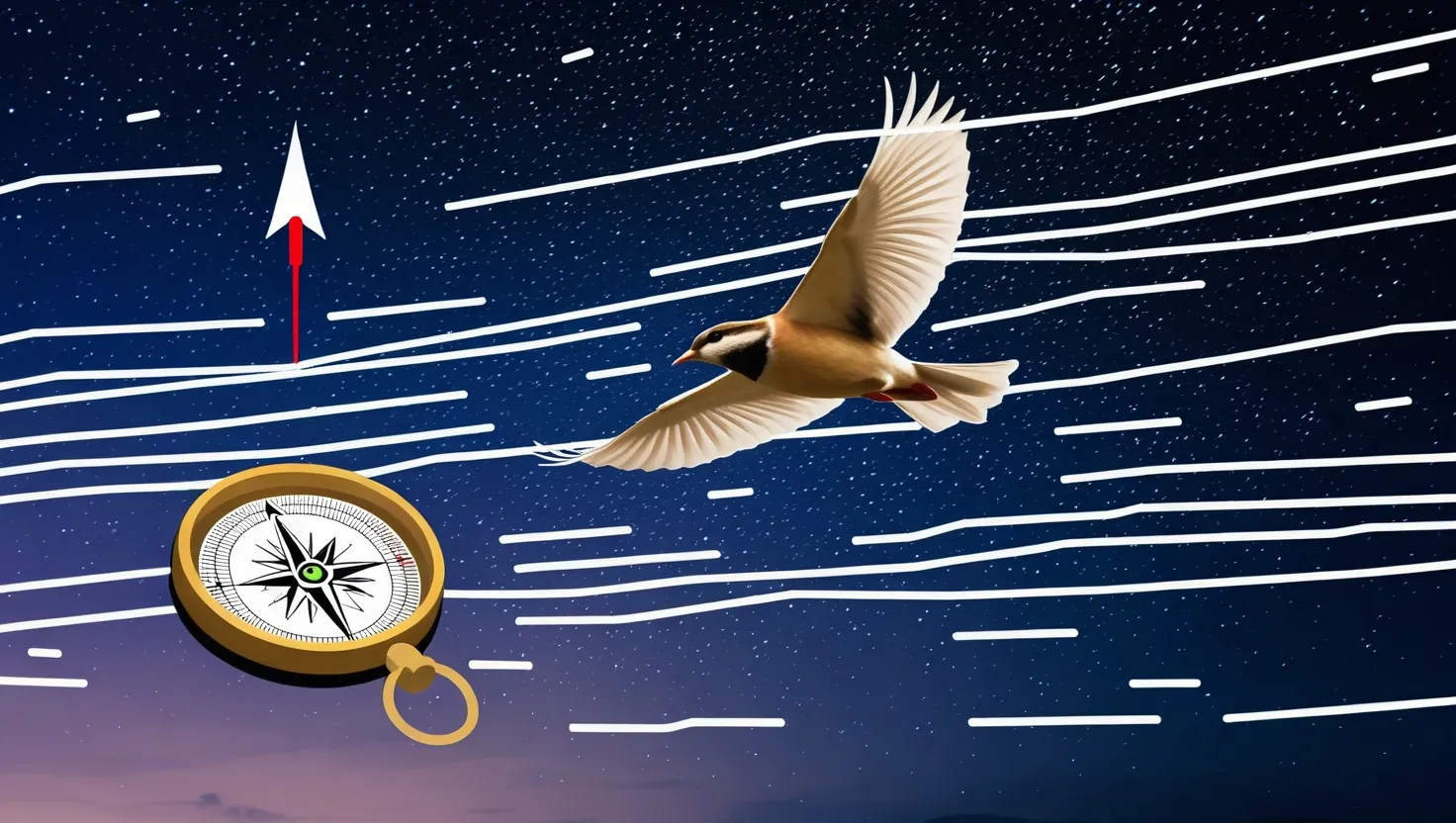On a cold, isolated September morning in 1979, the night sky above the Southern Ocean was pierced by a sudden double flash. What made this burst of light unique? It wasn’t a random flicker or distant lightning. Vela, a U.S. satellite meant to watch out for violations of nuclear test bans, picked up a signal that seemed all but certain: someone, somewhere, had just conducted a secret nuclear explosion on the ocean’s edge. Yet the fingerprints of this incident lead only to locked rooms, silent satellites, and questions that, decades later, still ripple across scientific and political circles. If you’ve ever wondered how a single moment could tip the scales between cosmic accident and human ambition, this is the puzzle.
“Three things cannot be long hidden: the sun, the moon, and the truth.” — Buddha
Imagine being one of the first analysts at that moment. There is a confirmed double flash, the kind engineers trained for years to identify as a nuclear blast. Hydroacoustic sensors, designed to hear detonations from thousands of miles away, perked up with suspicious signals. The CIA quickly told President Carter the odds of a nuclear test were “90% plus”—almost certain. Yet nobody admitted anything. No country took credit. There was no mushroom cloud seen, no blaring headlines, no final proof. Have you ever seen evidence so close to certainty, yet never quite in reach?
The normal aftermath of a nuclear test is, paradoxically, obvious. Fallout spreads in the atmosphere, radioactive isotopes drizzle down onto land and sea. Aircraft scoop up the debris, labs analyze and confirm the makeup, and governments respond. But when American planes sampled the skies above the Indian Ocean, they found traces of radioactive isotopes, yes, but not enough or in the exact mix expected. Sheep in Australia showed unexpected levels of iodine-131, a clear byproduct of atomic explosions. But the proportions—usually unique markers pointing to a specific country’s nuclear program—were off. If this was a bomb, it was either built in a new way or designed to leave few clues. I often ask myself: is anonymity the ultimate goal of a new weapon? Or was something else at play?
Now, consider the curious geography. The incident happened between South Africa and Antarctica, far from major populations, in international waters. Only remote islands and ocean currents kept it company. Both Israel and South Africa were at that time veiled in secrecy regarding their nuclear ambitions. Each had motive and capability. But does secrecy mean guilt? Or could knowledge of detection provoke extra caution and innovation?
“Great minds discuss ideas; average minds discuss events; small minds discuss people.” — Eleanor Roosevelt
Parallel investigations swept into motion. U.S. intelligence divided their focus. One track followed political alliances: the idea that South Africa and Israel may have collaborated, sharing technology and know-how in a high-stakes partnership. A second track asked if Soviet adversaries had been involved, perhaps as a show of strength or a diversion. The third grew stranger—what if this was not a human hand at all? The CIA’s internal report, still redacted decades later, referenced “atmospheric phenomena of unknown origin,” leaving room for celestial coincidence. Why would so many experts place bets on the bomb, yet leave space for the cosmos?
Astrophysicists proposed alternative theories. Could a rare meteor—or bolide—have skimmed the upper atmosphere at just the right angle, mimicking a nuclear flash? Possible, but the odds were slim. Vela satellites had cataloged 41 previous double flashes linked back to nuclear tests. For a meteor to generate the same double flash and electromagnetic pulse, and at the exact frequency and pattern, would be a statistical long shot.
“What we observe is not nature itself, but nature exposed to our method of questioning.” — Werner Heisenberg
No seismic evidence rolled in from global monitoring networks, no sound waves thundered through the ocean as typical of bomb tests or meteor impacts. And yet, the signals matched known detonation patterns so closely, drawing the world’s best analysts into a paradox: the data screamed “nuclear,” while every clue about origin ducked and dodged clear attribution.
Scientific panels later reviewed the incident, some concluding it might have been an error, a “zoo event” caused by an instrument anomaly or micrometeoroid strike on the satellite itself. But those explanations often felt like placeholders, not answers. If the Vela satellites were so susceptible to false alarms, how could they be trusted to monitor the world’s nuclear arsenal reliably? Doesn’t political convenience sometimes drive scientific uncertainty?
In this kind of clouded environment, governments locked evidence away. Parts of crucial reports, even today, remain hidden—whole sections redacted under “national security.” Why does secrecy survive so long after the events, unless something monumental is at stake? My own reading of declassified documents reveals a persistent discomfort: officials simultaneously concerned about treaty violations and unwilling to force a diplomatic crisis without conclusive proof.
Modern scientists, newly empowered by advances in data analysis, recently revisited the incident. Their work uncovered oddities in the distribution of radiation, electromagnetic signals, and atmospheric readings. Some models suggest that if this was an atomic device, the fissile material used or the detonation method departed from any standard design in circulation during the Cold War. This raises the question: could the test have been for a new type of weapon, perhaps one relying on principles beyond standard fission and fusion? The margins of technology are always the birthplace of mystery.
“We cannot solve our problems with the same thinking we used when we created them.” — Albert Einstein
Of course, the political context cannot be ignored. The year 1979 marked a fevered period in the Cold War—Soviet forces were poised in Afghanistan, American posturing deepened, and regional powers eyed nuclear status as a shield against increasing isolation. Testing in secrecy, far out at sea, may have seemed an act both of desperation and audacity. Does necessity breed innovation, or only greater risk?
That drives to the heart of the Vela Incident’s legacy. If, indeed, a clandestine nuclear test occurred, it slipped through the world’s net of surveillance not because the tools failed, but because the perpetrators were careful, inventive, and shielded by geopolitical fog. Alternatively, if a natural event is to blame, then our best detectors, built with vast resources, can mistake cosmic coincidence for proof of human malice.
“Not everything that can be counted counts, and not everything that counts can be counted.” — William Bruce Cameron
The continued uncertainty has a ripple effect. It poses tough questions for scientists: How reliable are our detection tools? What is the meaning of “fail-safe” in monitoring existential risks? It breeds questions for historians and policymakers: When does national security justify permanent secrecy? Should the public trust official narratives hundreds of classified pages deep? And for the rest of us—how much trust should we place in our institutions when science and politics find themselves locked in disagreement?
Personally, when I guide students or talk to curious minds, I focus on what the Vela Incident teaches about the limits of knowledge. Sometimes, all the sensors and satellites in the world cannot resolve an event to certainty. Sometimes anomalies force us to reconsider the things we think we know: about governments, about the laws of physics, about the vastness of space just above Earth’s edge.
“Science is the great antidote to the poison of enthusiasm and superstition.” — Adam Smith
One interesting angle often missed is how this event shaped future surveillance technology. The ambiguity forced designers and engineers to invent new forms of multi-band detection, combining infrared, ultraviolet, hydroacoustic, and electromagnetic data. Those advances have since been repurposed to scan for everything from submarine movements to asteroid impacts.
Another overlooked perspective is the long-term mistrust seeded between nations. Without closure, the world’s powers remained vigilant—often suspicious—of partners and rivals alike. Accusations found homes in rumor and speculation, not courtrooms or treaty panels. If I were to offer a lesson here, it’s to respect the weight of unresolved mysteries. They linger not just in the minds of politicians and scientists, but in the texture of international relations.
Is it possible that even today, a similar incident could unfold and remain unexplained? Given the increasing sophistication of technology and secrecy, the odds are not zero.
“The only thing we have to fear is fear itself.” — Franklin D. Roosevelt
So where are we left? An unexplained double flash in the dark, whispers of secret deals, possible new frontiers in physics, a cosmic coin toss. All we know for certain is that the world still cannot answer what happened over the Southern Ocean on that September morning. The Vela Incident continues to fascinate future generations, to challenge concepts of transparency, and to remain a living reminder that sometimes, the line between nuclear ambition and cosmic surprise is paper-thin.
Have you come to your own conclusion? Does the evidence point to human innovation or cosmic happenstance? Or is it possible the incident teaches us that sometimes, what we think we’ve witnessed is only a fraction of the truth still out there, waiting to be understood?
